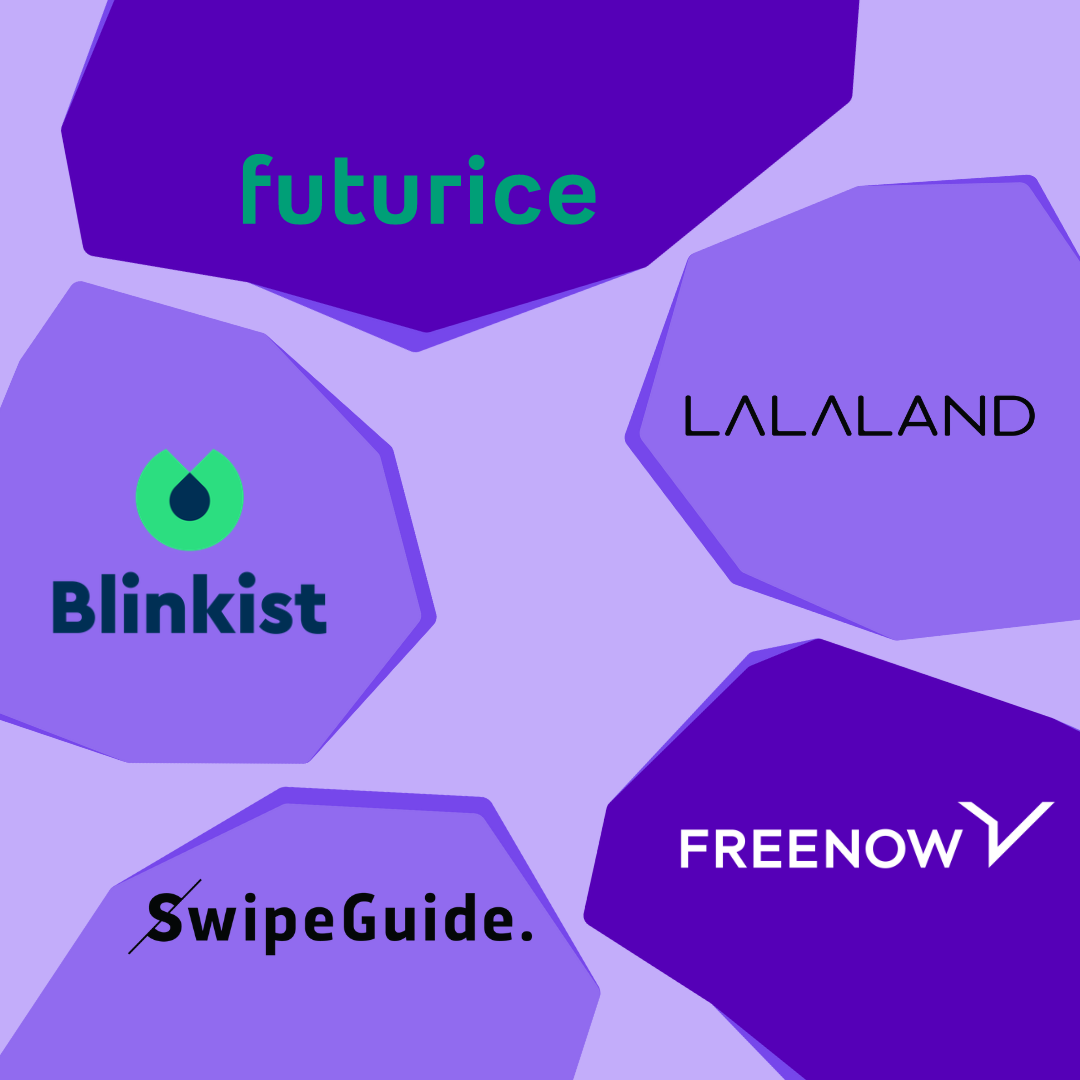4 min. read
4 Step Plan to Address DEI with Tech Stakeholders
The need for Diversity, Equity and Inclusion (DEI) has never been more crucial. Fact.
By embracing a diverse workforce and integrating DEI into Product Development and Company culture, Tech companies can unlock the immense potential to create better products/services and drive innovation.
However, initiating these conversations with internal stakeholders and leaders can be daunting –and even tricky. Especially when addressing the underrepresentation of certain groups, such as women in tech. But fear not! With the right approach, it is possible to bridge the gap and pave the way for a more inclusive and successful future.
First things first, WHY?
Initiating these “tricky” conversations with key stakeholders is a powerful step towards building a more inclusive and innovative industry. As simple as that.
By educating ourselves, fostering an open dialogue, and implementing measurable actions – only then can we can drive positive change and ensure that everyone’s voices are heard and valued.
DEI goals can not be assessed, measured and achieved if we do not integrate them into the natural flow of businesses and that means talking about them openly.
We’ve developed a 4 step process on how to embrace uncomfortable conversations in order to drive change together. Before you can even get started, make sure you know your decision-makers and book a meeting when you’re ready to talk. Ask yourself: who would need to OK DEI initiatives? Do you raise your concerns and ideas with your direct manager or do you set up a call with them and your manager for instance?
Step 1: Educate & Empathise
To start your journey towards integrating DEI, it is essential to educate and seek out resources, articles, and research to be able to effectively communicate the importance of DEI. Gathering data on the benefits of diversity in tech and its positive impact on innovation, productivity, and financial performance will help you establish a foundation of understanding.
Collect case studies and success stories from other companies in the industry.
By presenting concrete evidence, you can make a compelling case for integrating DEI into the product development process and company culture.
Take a lot of our case study with Babbel and HelloFresh.

Step 2: Shift Perspectives
It’s crucial to amplify the voices of underrepresented groups such as women in tech, when discussing DEI with stakeholders. Share stories and experiences that illustrate the challenges they face, as well as the value they bring to the industry.
When possible, share personal anecdotes and testimonials that can support in humanising the issue, making it more relatable and impactful.
By shedding light on the untapped potential and unique insights these individuals offer, you can inspire stakeholders to take action.
Step 3: Tailor the Message
At the end of the day, you need to address stakeholders’ concerns first. The truth is, each stakeholder may have different concerns and priorities so make to take the time to understand their perspectives, anticipate their objections, and tailor your message accordingly.
For example, if a stakeholder is primarily focused on financial outcomes, emphasize the connection between diversity and business success. Or if their concerns revolve around potential disruptions to the existing culture, stress the benefits of a more inclusive environment for all employees, fostering creativity and collaboration.
It may help to start by acknowledging any resistance or scepticism and then steer the conversation towards shared goals and aspirations. Encourage collaboration and invite stakeholders to actively contribute their ideas, thereby making them feel included and valued.

Step 4: Present a Clear Action Plan
Once you’ve built a solid foundation of understanding and addressed stakeholders’ concerns, it’s time to present a clear action plan. Break down the steps necessary to integrate DEI into the product development process and company culture.
Outline initiatives such as inclusive hiring practices, diverse mentorship programs, and bias-aware training. Provide timelines, measurable goals, and regular progress updates to instil confidence and accountability.
By offering a practical roadmap, you can demonstrate that DEI is not just a lofty ideal but an achievable reality.
The truth is, DEI will always cost money especially if you do it right. So, who will have to sign off on the budget? How do you motivate and convince others to get this budget? Want to get started? Here are 10 Things to close the gender gap in tech. Or discover how to set up your own STEM initiative here.

And remember – you are not alone.
At Xena, we have experience in diversifying tech teams and supporting your DEI journey every step of the way. See how we did it with GetYourGuide and Babbel.








